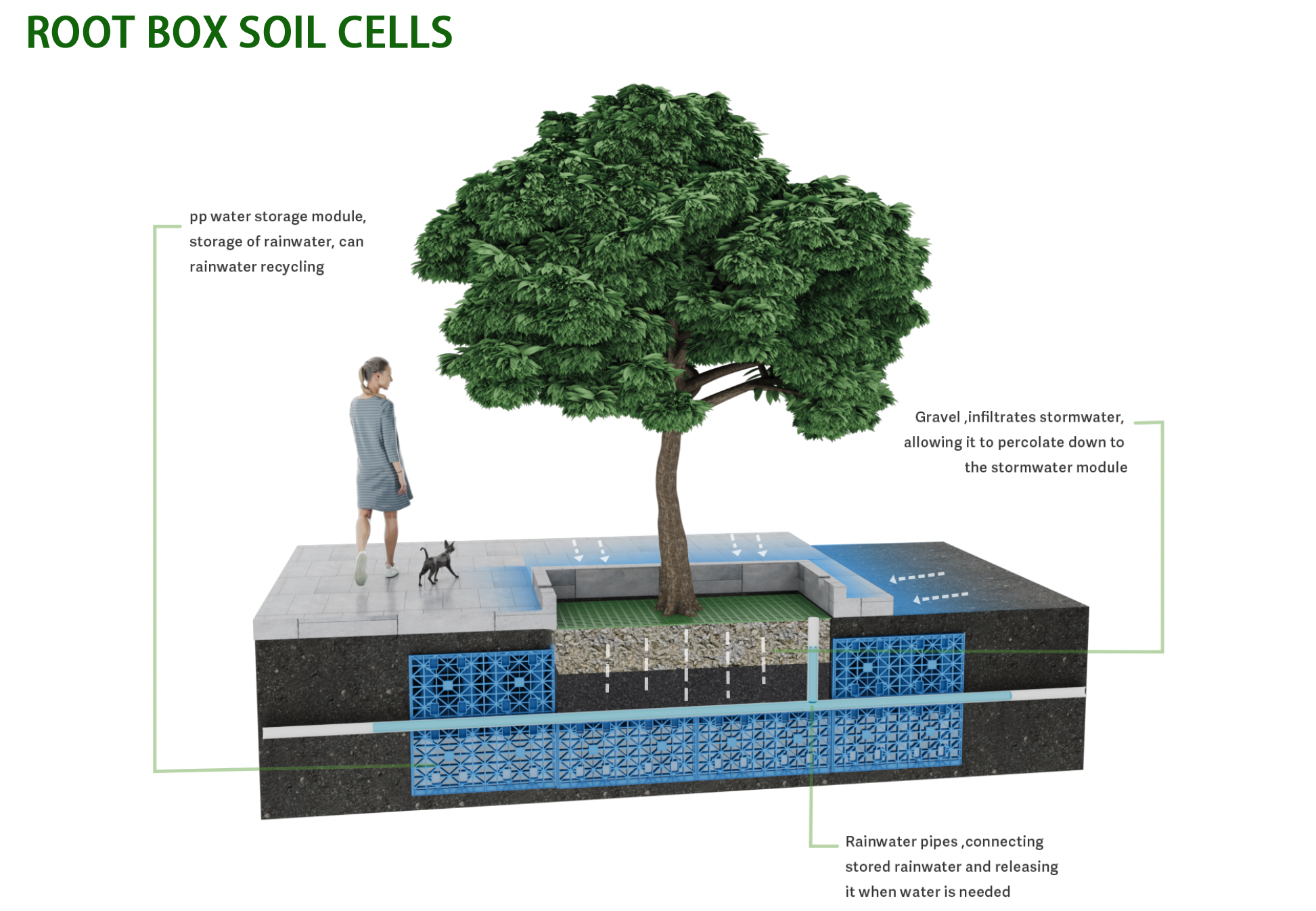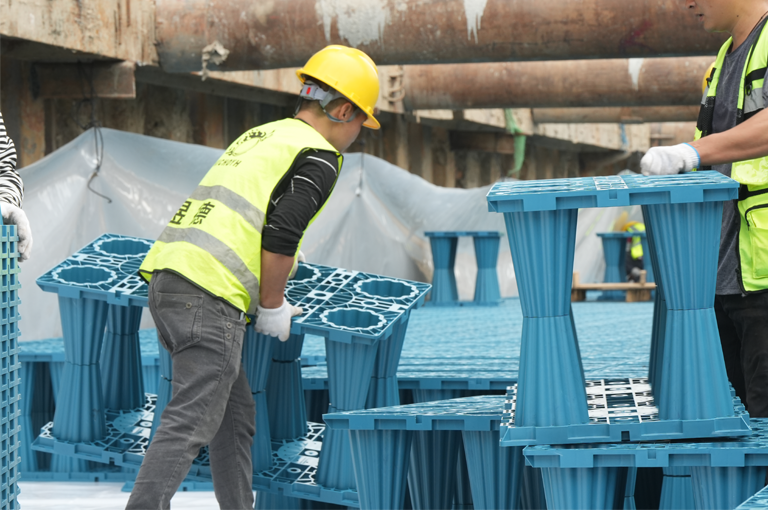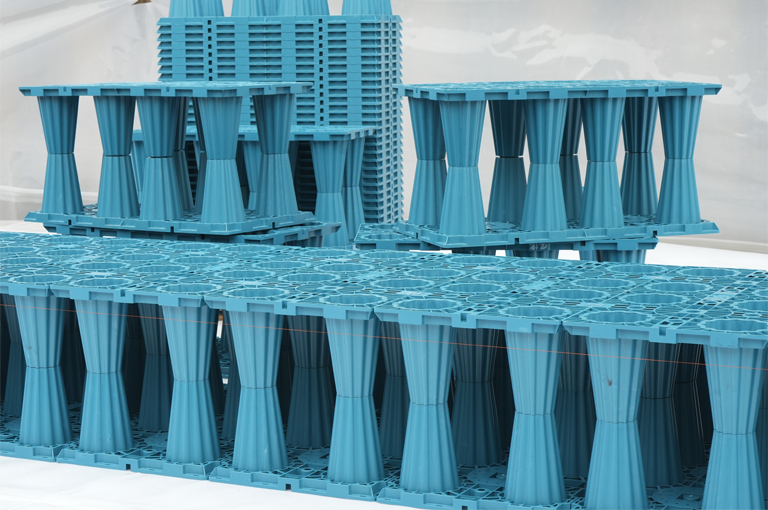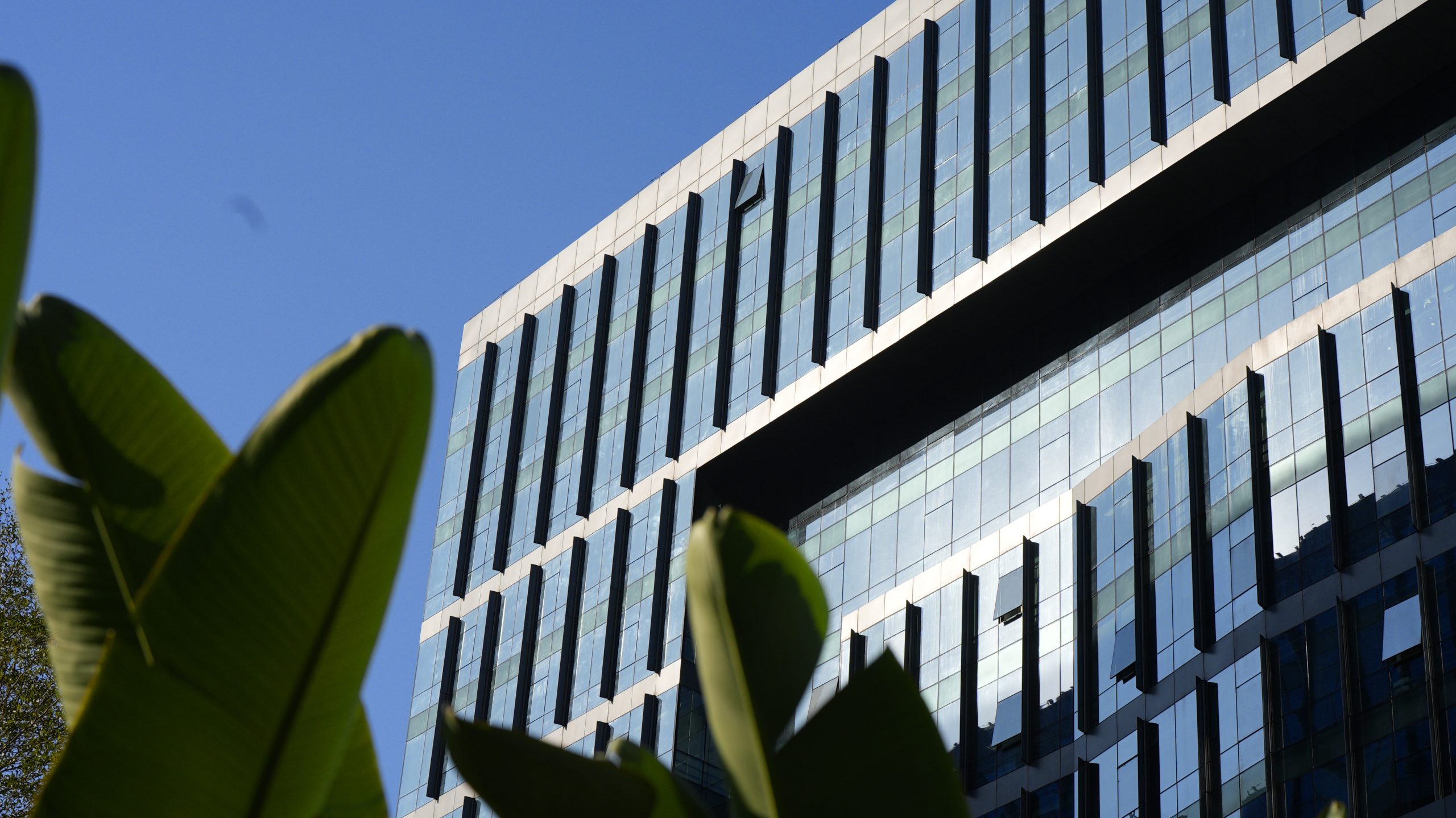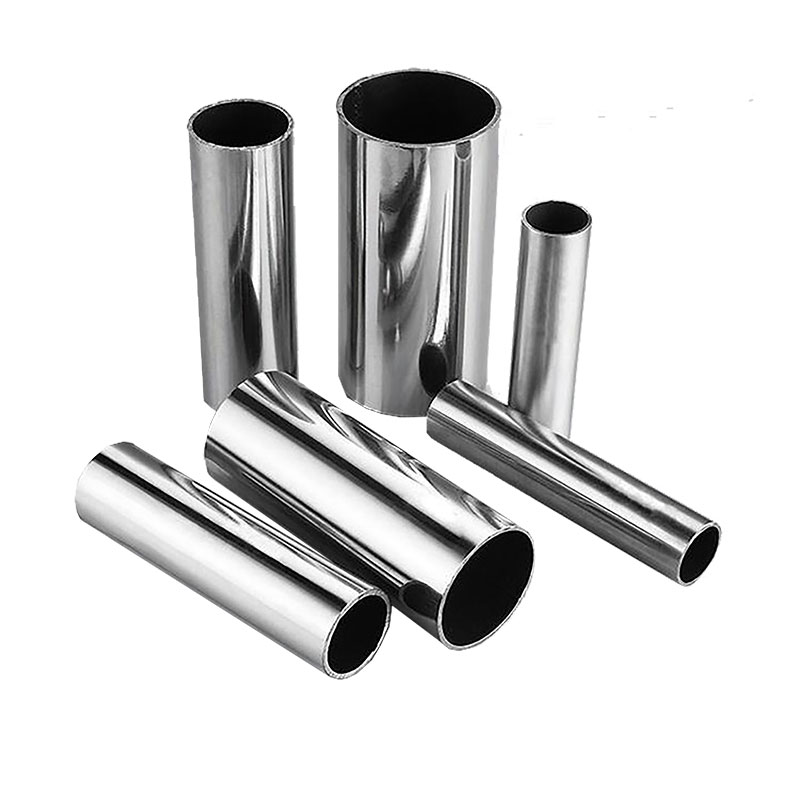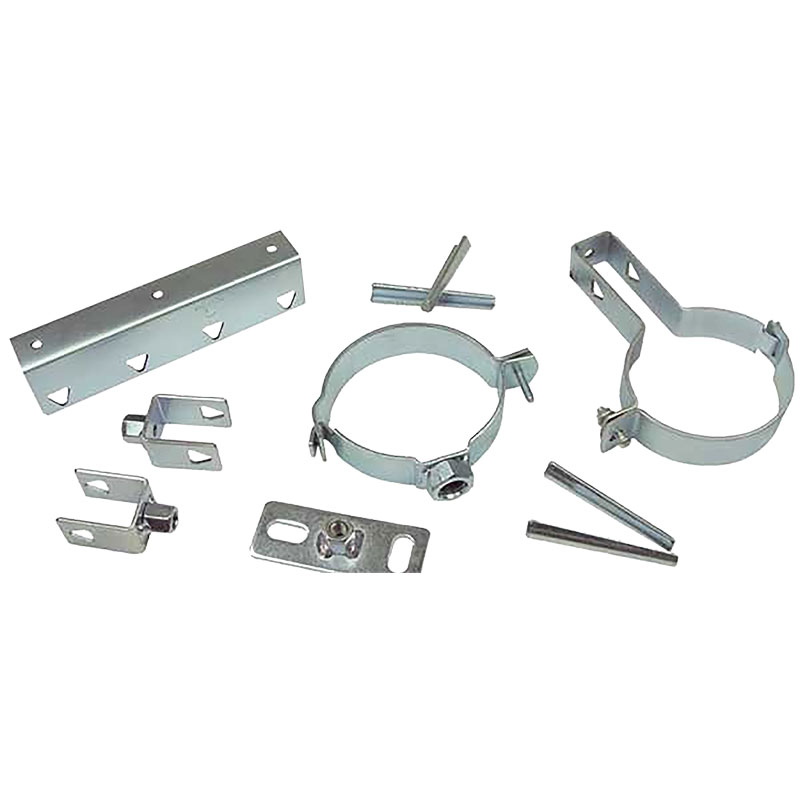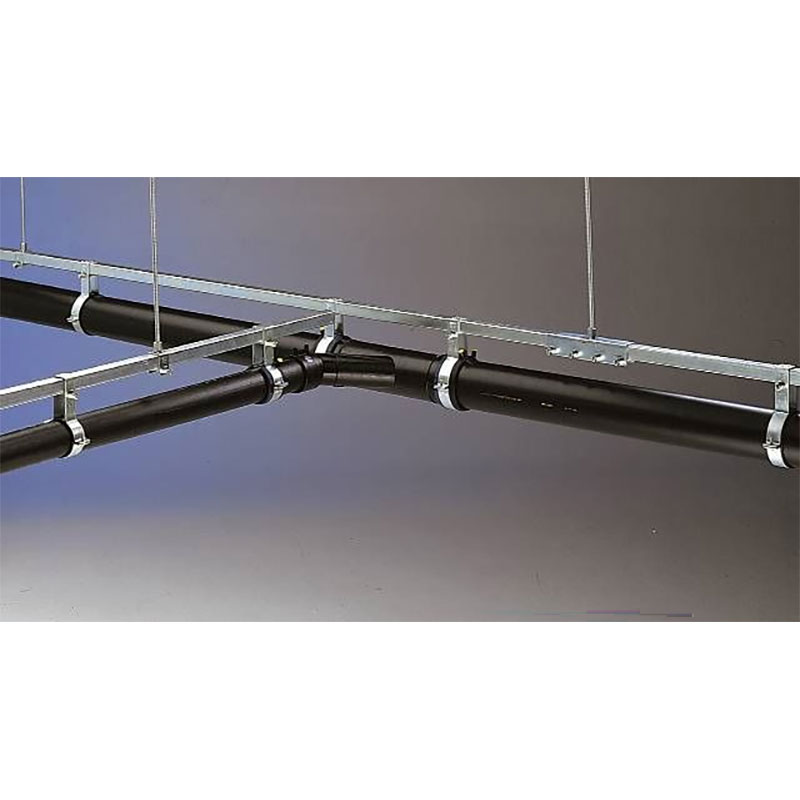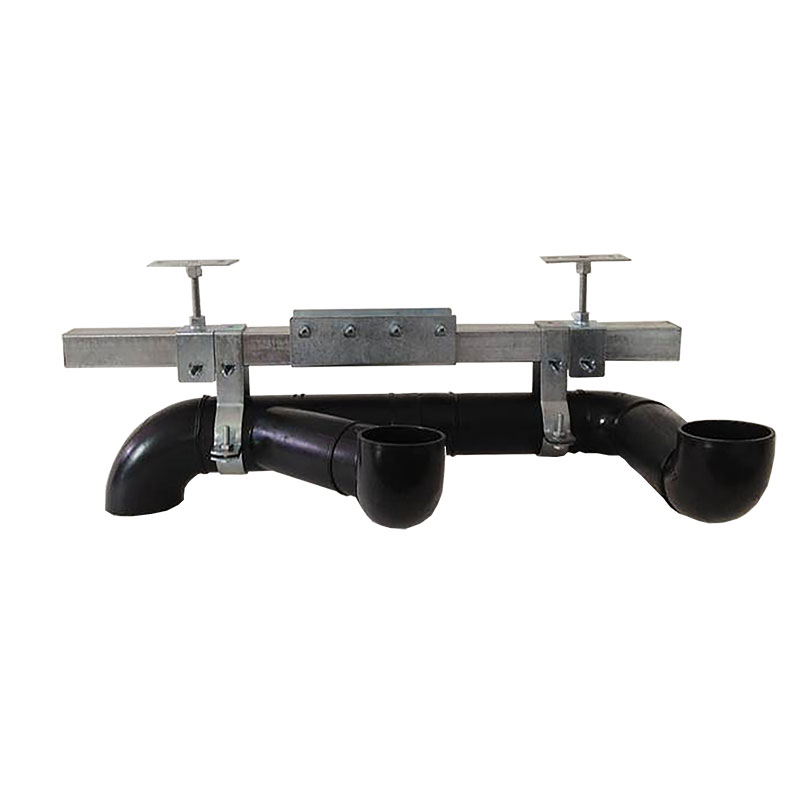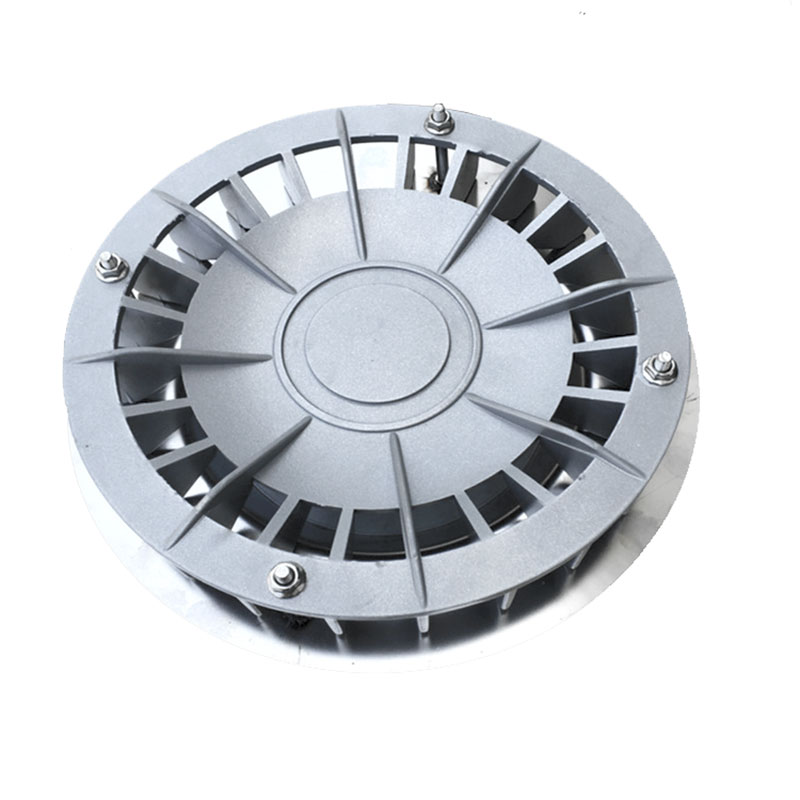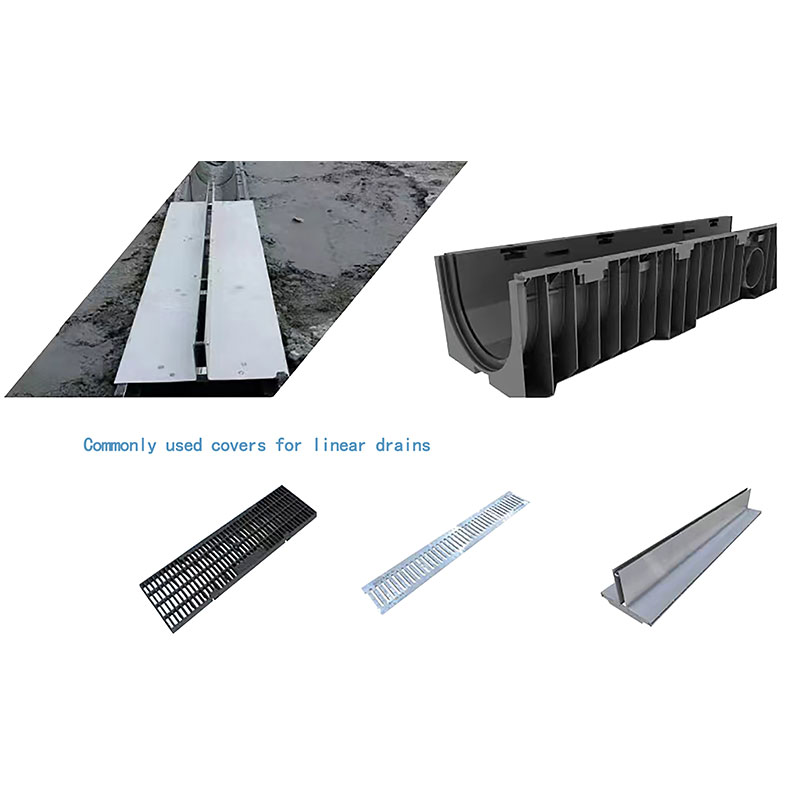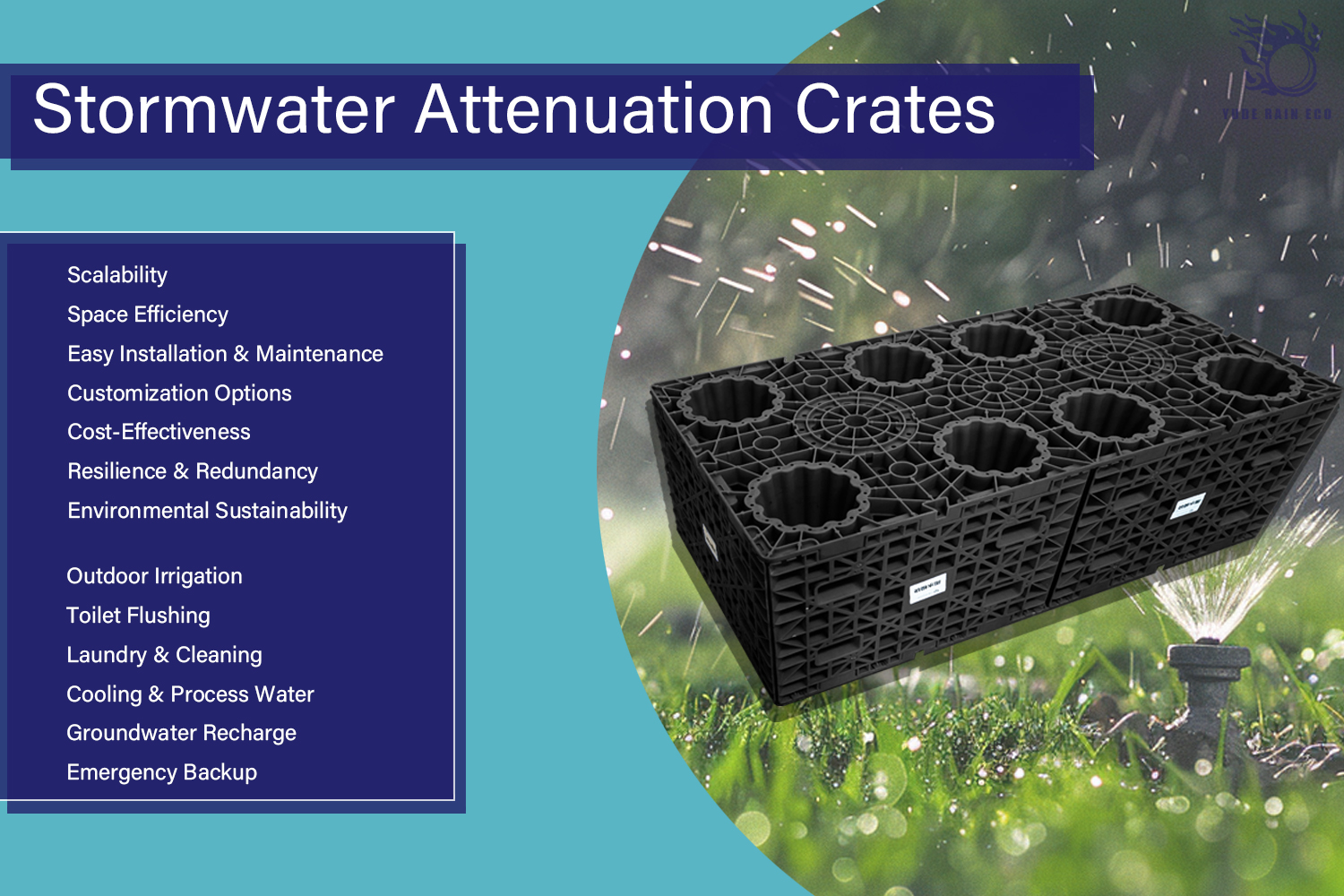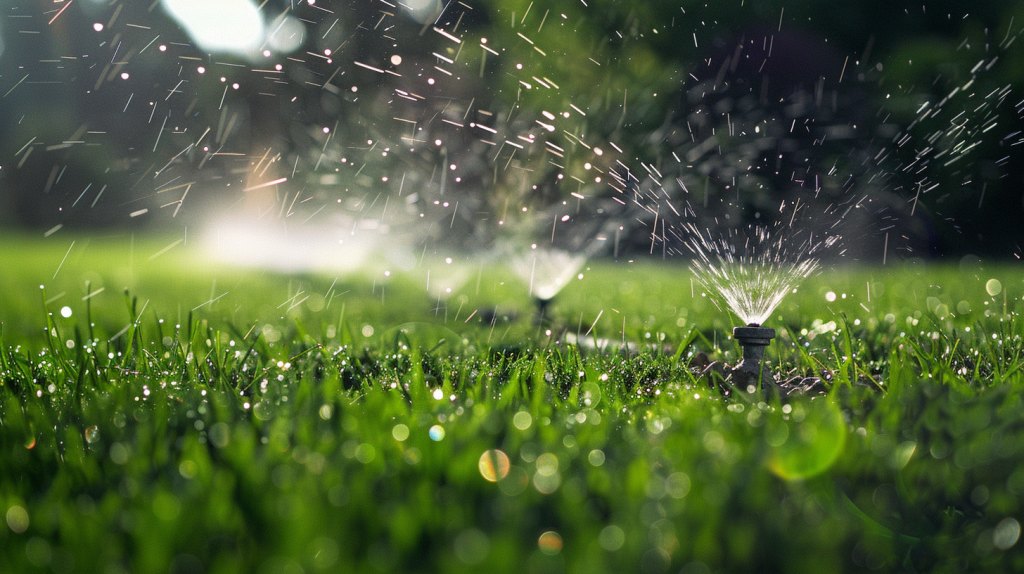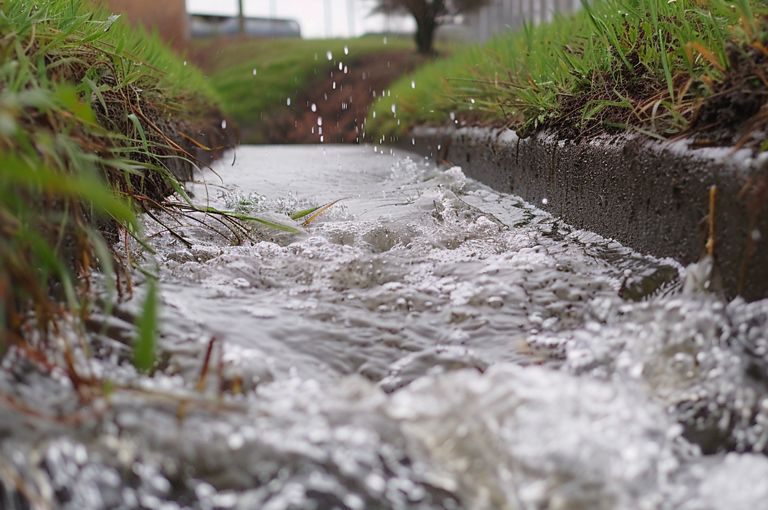
Overview of Stormwater Management
Stormwater management is the effort to control and use runoff from precipitation, including rain, snowmelt, and other forms of precipitation that flow over land or impervious surfaces and do not infiltrate into the ground. The primary goals of stormwater management are to reduce flooding, minimize erosion, prevent water pollution, and protect water resources.
Key Components of Stormwater Management
- Drainage Systems: These systems are designed to capture and convey stormwater away from developed areas. They include storm drains, pipes, and channels that direct water to appropriate outlets.
- Retention and Detention Basins: These are structures designed to hold stormwater temporarily. Retention basins hold water permanently, creating ponds, while detention basins temporarily hold water and slowly release it to downstream areas.
- Green Infrastructure: This involves using natural processes and materials to manage stormwater. Examples include rain gardens, green roofs, permeable pavements, and bioswales.
- Rainwater Harvesting: Collecting and storing rainwater for later use, such as irrigation or flushing toilets, helps reduce runoff and conserve potable water.
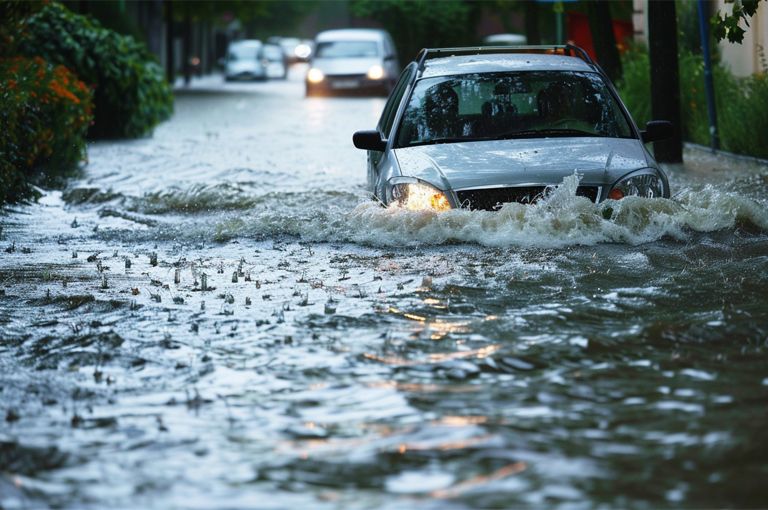
Importance of Stormwater Management
- Flood Prevention: Effective stormwater management reduces the risk of flooding by controlling the flow and volume of runoff. This is especially crucial in urban areas where impervious surfaces like roads and buildings prevent water from infiltrating the ground.
- Water Quality Improvement: Runoff can carry pollutants like oils, chemicals, and sediments into water bodies. Stormwater management practices help filter and remove these pollutants, protecting the quality of rivers, lakes, and groundwater.
- Erosion Control: Uncontrolled stormwater can cause soil erosion, damaging landscapes and infrastructure. Proper management practices stabilize soil and prevent erosion.
- Environmental Protection: Stormwater management supports ecosystems by maintaining natural hydrology, protecting aquatic habitats, and ensuring that water bodies remain healthy and resilient.
- Urban Infrastructure Longevity: Proper management reduces the burden on urban drainage systems, preventing wear and tear and extending their lifespan.
- Regulatory Compliance: Many regions have regulations requiring effective stormwater management to prevent environmental degradation and protect public health. Compliancewith these regulations is essential for sustainable development.
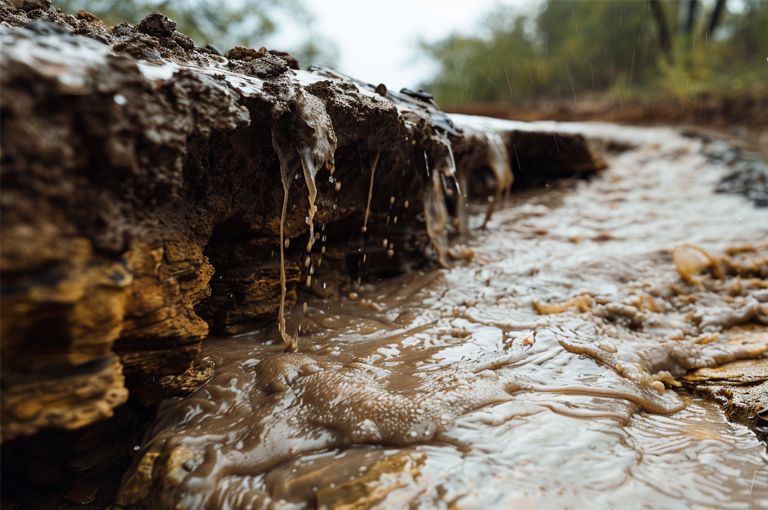
The potential hazards of rainfall in different environments:
| Environment | Potential Hazards |
|---|---|
| Urban Areas | – Flooding of streets and homes due to poor drainage systems.
– Overflow of stormwater systems leading to road washouts. – Sewer overflows causing contamination. – Erosion of infrastructure foundations. – Traffic disruptions and accidents due to waterlogged roads. – Damage to electrical systems and power outages. – Increase in vector-borne diseases due to stagnant water. |
| Rural Areas | – Flooding of agricultural land leading to crop damage.
– Soil erosion affecting agricultural productivity. – Damage to rural infrastructure such as bridges and roads. – Waterlogging leading to reduced soil fertility. – Contamination of drinking water sources. – Landslides in hilly or mountainous regions. |
| Mountainous Areas | – Landslides and rockfalls endangering lives and property.
– Flash floods in valleys and gorges. – Soil erosion leading to loss of vegetation. – Road and trail washouts disrupting transportation. – Increased risk of avalanches in snow-covered regions. – Isolation of communities due to blocked roads and paths. |
| Coastal Areas | – Coastal flooding due to storm surges combined with heavy rainfall.
– Erosion of coastal land and beaches. – Saltwater intrusion into freshwater systems. – Damage to coastal infrastructure such as docks and buildings. – Contamination of water supplies with salt and debris. – Impact on marine ecosystems and coastal habitats. |
| Desert Areas | – Flash floods due to rapid runoff in dry riverbeds (wadis).
– Erosion of desert terrain. – Formation of temporary lakes that can disrupt local ecosystems. – Damage to desert infrastructure such as roads and pipelines. – Mudslides on loose, sandy slopes. – Risk of sudden and severe weather changes impacting local communities. |
| Forested Areas | – Increased risk of landslides due to saturated soils.
– Erosion of forest floor and riverbanks. – Flooding of forest streams affecting wildlife. – Increased risk of tree falls due to weakened root systems. – Disruption of forest trails and roads. – Potential for forest diseases and pests due to high humidity. |
| Agricultural Areas | – Flooding of fields leading to crop loss.
– Soil erosion reducing agricultural productivity. – Waterlogging impacting plant growth. – Contamination of water sources with pesticides and fertilizers. – Spread of plant diseases due to prolonged wet conditions. – Damage to agricultural infrastructure such as irrigation systems and storage facilities. |
| Arctic and Subarctic | – Permafrost thawing leading to ground instability.
– Increased risk of landslides and slumps. – Flooding of low-lying areas due to rapid snowmelt. – Erosion of coastal and riverbank areas. – Impact on indigenous communities and their traditional ways of life. – Disruption of wildlife habitats and migration patterns. |
How does stormwater management help?
Stormwater management involves the use of strategies and systems to manage the runoff of rainwater and snowmelt. These methods are designed to address various environmental, infrastructure, and public health concerns associated with stormwater. Effective stormwater management provides numerous benefits, including flood prevention, water quality improvement, erosion control, environmental protection, infrastructure longevity, and regulatory compliance.
Key Benefits of Stormwater Management
- Flood Prevention
Runoff Control: Stormwater management systems control the flow and volume of runoff, reducing the risk of flooding. This is crucial in urban areas with many impervious surfaces like roads and buildings, which prevent water from infiltrating into the ground.
Retention and Detention Basins: These structures temporarily hold stormwater, releasing it slowly to prevent overwhelming drainage systems and causing floods.
- Water Quality Improvement
Pollutant Removal: Runoff can carry pollutants such as oils, chemicals, and sediments into water bodies. Stormwater management practices like green infrastructure and filtration systems help remove these pollutants, protecting the quality of rivers, lakes, and groundwater.
Green Infrastructure: Methods such as rain gardens, green roofs, and bioswales use natural processes to filter and clean stormwater, reducing contaminants entering water systems.
- Erosion Control
Soil Stabilization: Uncontrolled stormwater can cause significant soil erosion, damaging landscapes and infrastructure. Stormwater management practices, including vegetation buffers and proper drainage systems, help stabilize soil and prevent erosion.
Streambank Protection: Managing stormwater flow helps protect riverbanks and streambanks from erosion, preserving natural waterways and their habitats.
- Environmental Protection
Habitat Preservation: Effective stormwater management supports ecosystems by maintaining natural hydrology and protecting aquatic habitats. This ensures that water bodies remain healthy and resilient.
Biodiversity Support: By preventing pollution and erosion, stormwater management contributes to preserving the biodiversity of aquatic and terrestrial ecosystems.
- Urban Infrastructure Longevity
Reduced Burden on Systems: Proper stormwater management reduces the burden on urban drainage systems, preventing wear and tear and extending their lifespan. This leads to lower maintenance costs and fewer repairs.
Infrastructure Protection: By controlling the flow and volume of stormwater, these systems help protect roads, bridges, and buildings from water damage.
- Regulatory Compliance
Meeting Legal Requirements: Many regions have regulations requiring effective stormwater management to prevent environmental degradation and protect public health. Compliance with these regulations is essential for sustainable development.
Avoiding Penalties: Proper stormwater management helps municipalities and businesses avoid fines and penalties associated with non-compliance.
How can Yude Rain Eco help?
Yude Rain Eco is dedicated to addressing rainwater disasters and promoting the sustainability of rainwater harvesting and utilization. Our company provides innovative solutions for stormwater management, helping communities manage rainwater effectively and sustainably. Yude Rain Eco’s products and services include advanced siphonic drainage systems, high-quality rainwater harvesting modules, and comprehensive urban infrastructure improvements.
Yude Rain Eco’s Solutions for Stormwater Management
Advanced Siphonic Drainage Systems
- Efficient Water Flow: Yude Rain Eco’s siphonic drainage systems are designed to efficiently manage large volumes of rainwater. These systems utilize siphonic principles to create a full-bore flow, increasing the capacity of drainage systems without the need for large pipes.
- Durability and Reliability: The systems feature components made from high-quality materials such as 304 stainless steel and HDPE pipes. These materials ensure long-term durability, resistance to corrosion, and reliability in various environmental conditions.
- Leak Prevention: The joints in the HDPE pipes are made using heat fusion butt welding, ensuring a secure and leak-proof connection. Special electrofusion fittings and wraps are used for difficult-to-connect sections, further preventing leaks.
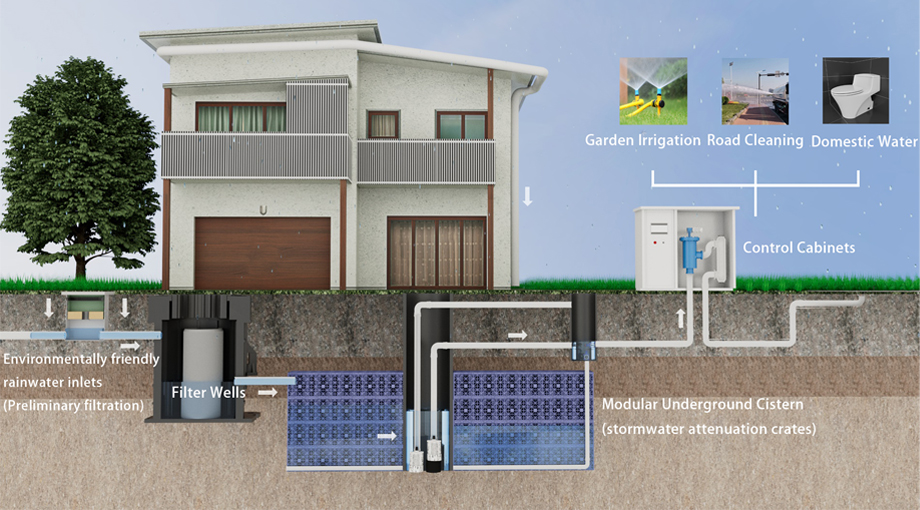
Rainwater Harvesting Modules
- Versatile and Efficient: Yude Rain Eco’s rainwater harvesting modules are made from lightweight, strong, and corrosion-resistant polypropylene (PP). These modules are designed to efficiently collect and store rainwater for various uses, including irrigation, flushing, and cleaning.
- Large Capacity and Flexibility: The modules offer large capacity spaces and can be flexibly combined based on actual needs. This makes them suitable for a variety of geographic environments and locations.
- Sustainable Water Management: By promoting the use of harvested rainwater, Yude Rain Eco helps reduce the demand for potable water and supports sustainable water management practices.
Comprehensive Urban Infrastructure Improvements
- Customized Solutions: Yude Rain Eco provides customized solutions tailored to the specific needs of urban areas. This includes designing and implementing stormwater management systems that integrate with existing infrastructure.
- Protecting Urban Environments: By improving urban drainage systems and reducing the risk of flooding, Yude Rain Eco helps protect urban environments from water damage and ensures the longevity of infrastructure.
- Ecosystem Preservation: The company’s solutions also support the preservation of local ecosystems by preventing water pollution and controlling erosion.
Benefits of Choosing Yude Rain Eco
Expertise and Innovation
Advanced Technologies: Yude Rain Eco utilizes advanced technologies and innovative designs to provide effective stormwater management solutions.
Professional Knowledge: With a deep understanding of rainwater harvesting and drainage systems, Yude Rain Eco offers professional advice and services tailored to client needs.
Sustainability and Environmental Protection
Eco-Friendly Solutions: The company’s products and systems are designed with sustainability in mind, promoting eco-friendly practices and reducing environmental impact.
Resource Conservation: By enabling efficient rainwater harvesting and management, Yude Rain Eco helps conserve valuable water resources and reduce reliance on municipal water supplies.
Quality and Reliability
High-Quality Materials: Yude Rain Eco uses high-quality materials that ensure the durability and reliability of its systems.
Long-Term Performance: Our company’s solutions are built to last, providing long-term performance and reducing the need for frequent maintenance and replacements.
Yude Rain Eco is a valuable partner in stormwater management, offering advanced siphonic drainage systems, versatile rainwater harvesting modules, and comprehensive urban infrastructure solutions. By choosing Yude Rain Eco, communities can effectively manage stormwater, reduce flooding risks, improve water quality, and promote sustainable water practices. Implementing Yude Rain Eco’s innovative solutions ensures the protection of urban environments and supports the creation of resilient and sustainable communities.


